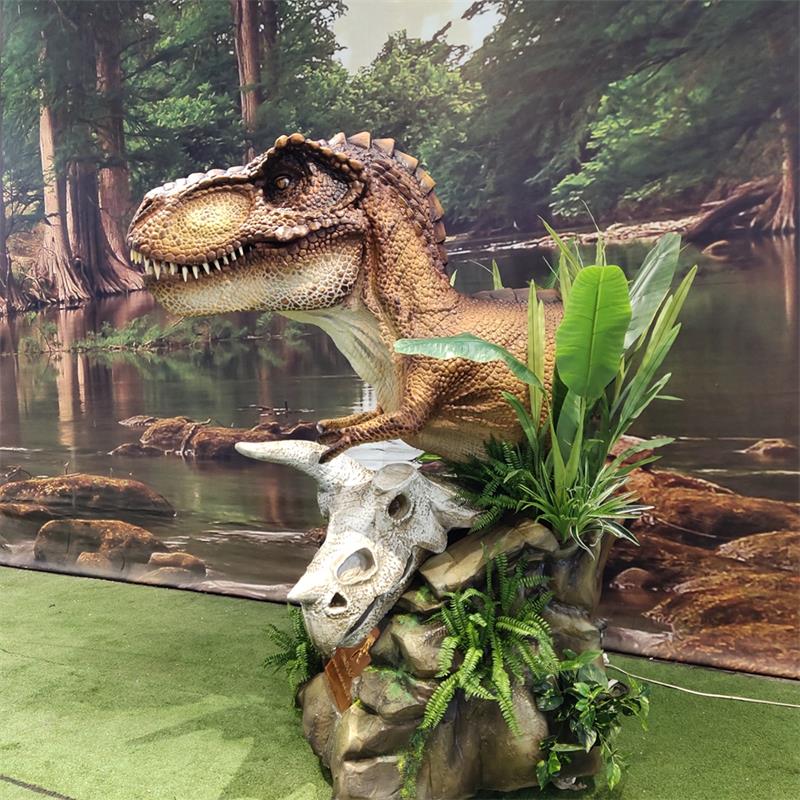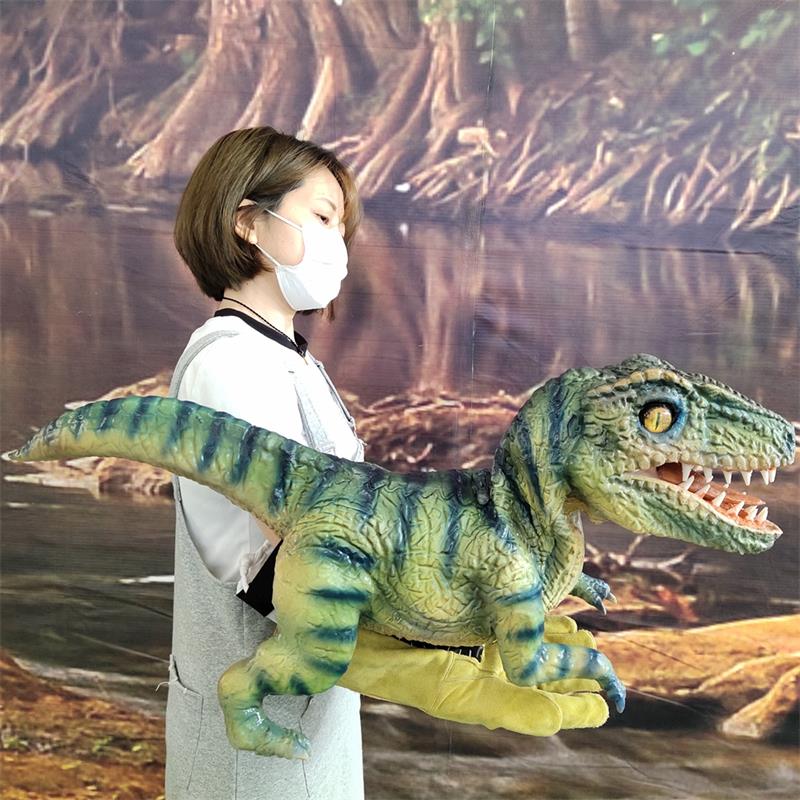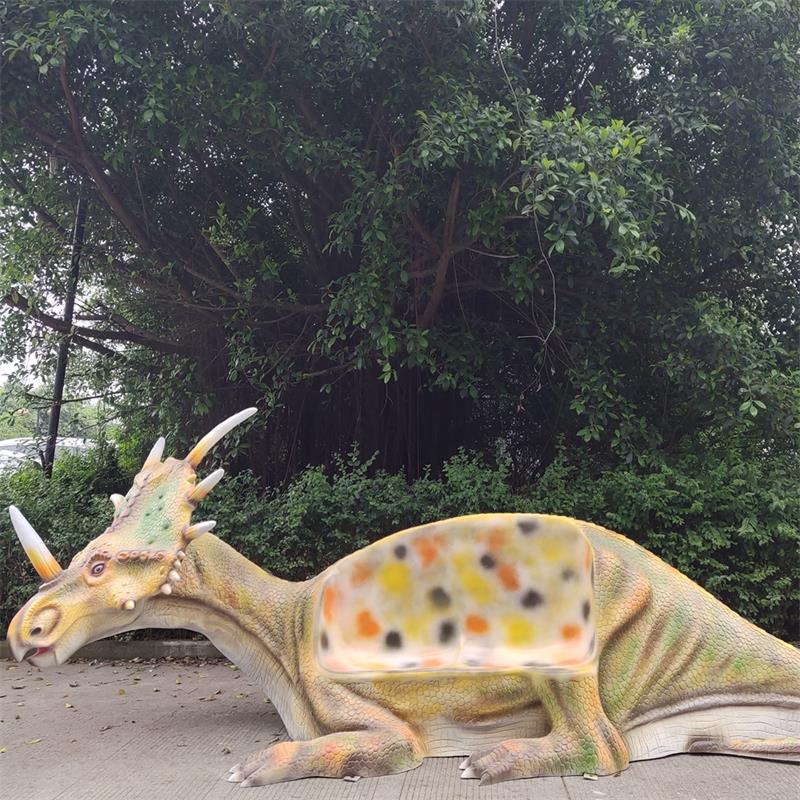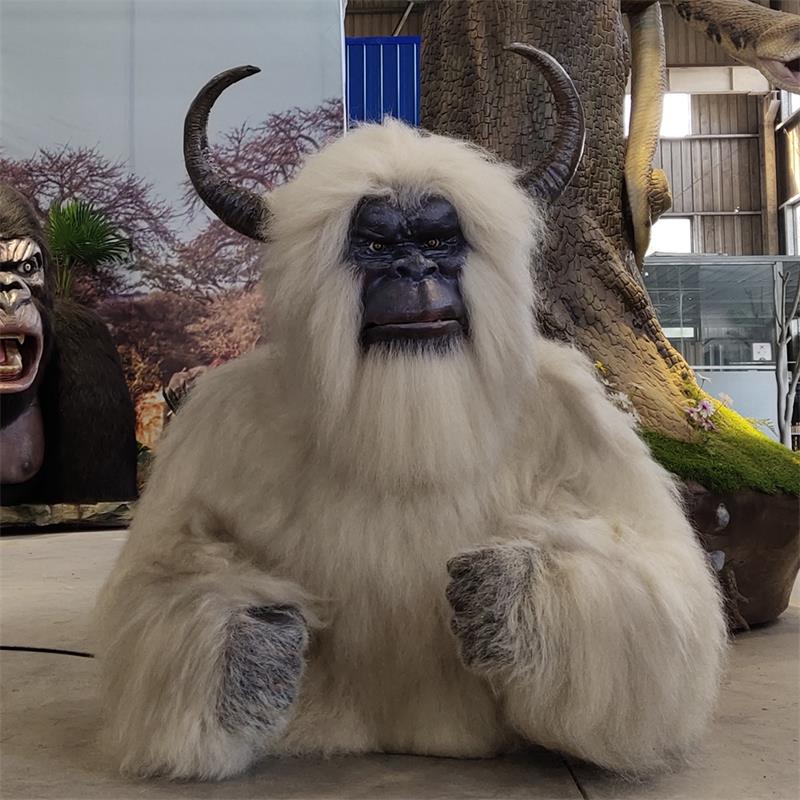China OEM Small Animatronic Animal - Animatronic Animal Products (AA-46-50) – Blue Lizard
China OEM Small Animatronic Animal - Animatronic Animal Products (AA-46-50) – Blue Lizard Detail:
PRODUCT DESCRIPTION
Sound: Corresponding animal sound or custom other sounds.
Movements: 1. Mouth open and close sychronized with sound; 2. Head moves left to right; 3. Wings move; 4. Some legs move; 5. Tail sway; 6. More movements can be customized. (The movements can be customized according to the animal types, size and customers’ requirement.)
Control Mode: Infrared Self-acting Or Manual operation
Certificate: CE, SGS
Usage: Attraction and promotion. (amusement park, theme park, museum, playground, city plaza, shopping mall and other indoor/outdoor venues.)
Power: 110/220V, AC, 200-2000W.
Plug: Euro plug, British Standard/SAA/C-UL. (depends on standard of your country).
WORKFLOWS

1. Control box: Independently developed fourth-generation control box.
2. Mechanical Frame: Stainless steel and brushless motors have been used to make animals for many years. Each animal’s mechanical frame will be continuously and operationally tested for a minimum of 24 hours before the modelling process begins.
3. Modelling: High density foam ensures the model looks and feels of the highest quality.
4. Carving: Professional carving masters have more than 10 years of experience. They create the perfect animal body proportions absolutely based on animal skeletons and scientific data. Show your visitors what the Triassic, Jurassic and Cretaceous periods really looked like!
5. Painting: Painting master can paint animals according to customer’s requirement. Please provide any design
6. Final Testing: Each animal will also be continuous operated testing one day before shipping.
7. Packing: Bubble bags protect animals from damaging. PP film fix the bubble bags. Each animal will be packed carefully and focus on protecting eyes and mouth.
8. Shipping: Chongqing, Shenzhen, Shanghai, Qingdao, Guangzhou,etc. We accept land, air, sea transport and international multimodal transport.
9. On-site Installation: We will send engineers to customer’s place to install animals.
PRODUCT OVERVIEW
Bumblebee(AA-46) Overview: A bumblebee is any of over 250 species in the genus Bombus, part of Apidae, one of the bee families. They are found primarily in higher altitudes or latitudes in the Northern Hemisphere, although they are also found in South America, where a few lowland tropical species have been identified. European bumblebees have also been introduced to New Zealand and Tasmania. Female bumblebees can sting repeatedly, but generally ignore humans and other animals.
Hornet(AA-47) Overview: Hornets are the largest of the eusocial wasps, and are similar in appearance to their close relatives yellowjackets. Some species can reach up to 5.5 cm (2.2 in) in length. Like other social wasps, hornets build communal nests by chewing wood to make a papery pulp. Each nest has one queen, which lays eggs and is attended by workers that, while genetically female, cannot lay fertile eggs. Most species make exposed nests in trees and shrubs, but some (such as Vespa orientalis) build their nests underground or in other cavities.
Butterfly(AA-48) Overview: Butterflies are insects in the macrolepidopteran clade Rhopalocera from the order Lepidoptera, which also includes moths. Butterfly fossils date to the Paleocene, about 56 million years ago. Butterflies are often polymorphic, and many species make use of camouflage, mimicry, and aposematism to evade their predators. Some, like the monarch and the painted lady, migrate over long distances. Many butterflies are attacked by parasites or parasitoids, including wasps, protozoans, flies, and other invertebrates, or are preyed upon by other organisms.
Mantis(AA-49) Overview: Mantises are distributed worldwide in temperate and tropical habitats. They have triangular heads with bulging eyes supported on flexible necks. Their elongated bodies may or may not have wings, but all Mantodea have forelegs that are greatly enlarged and adapted for catching and gripping prey; their upright posture, while remaining stationary with forearms folded, has led to the common name praying mantis. Mantises are mostly ambush predators, but a few ground-dwelling species are found actively pursuing their prey.
Fly(AA-50) Overview: Flies are important pollinators, second only to the bees and their Hymenopteran relatives. Flies may have been among the evolutionarily earliest pollinators responsible for early plant pollination. Fruit flies are used as model organisms in research, but less benignly, mosquitoes are vectors for malaria, dengue, West Nile fever, yellow fever, encephalitis, and other infectious diseases; and houseflies, commensal with humans all over the world, spread food-borne illnesses. Flies can be annoyances especially in some parts of the world where they can occur in large numbers, buzzing and settling on the skin or eyes to bite or seek fluids.
Product detail pictures:
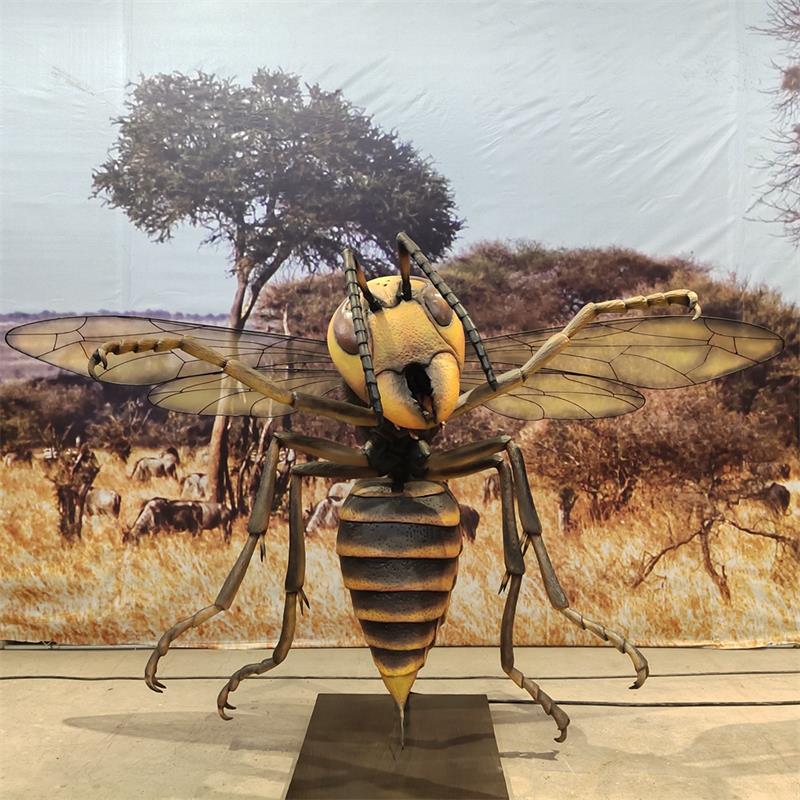
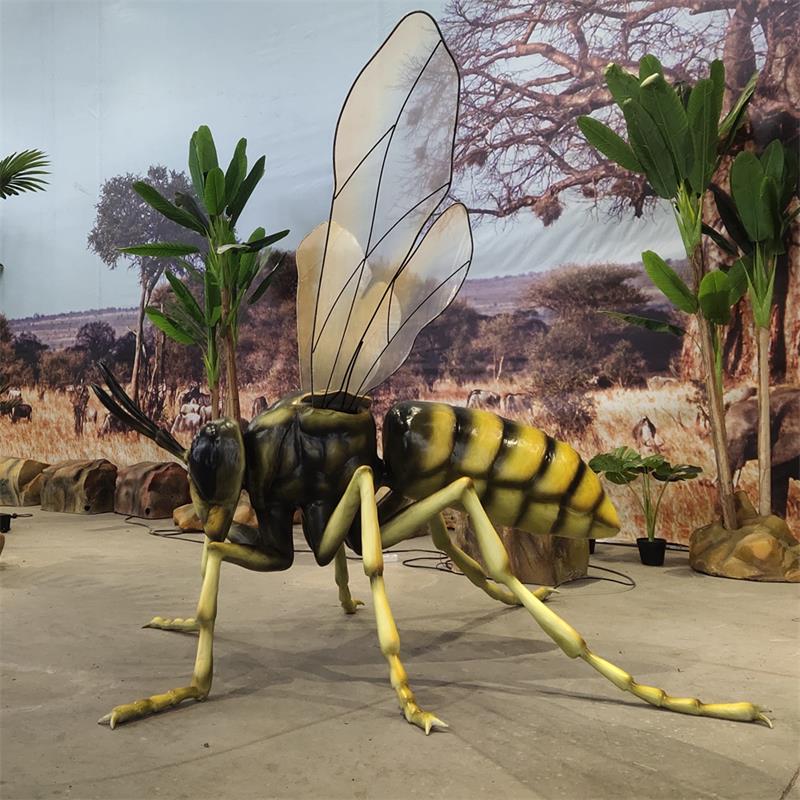
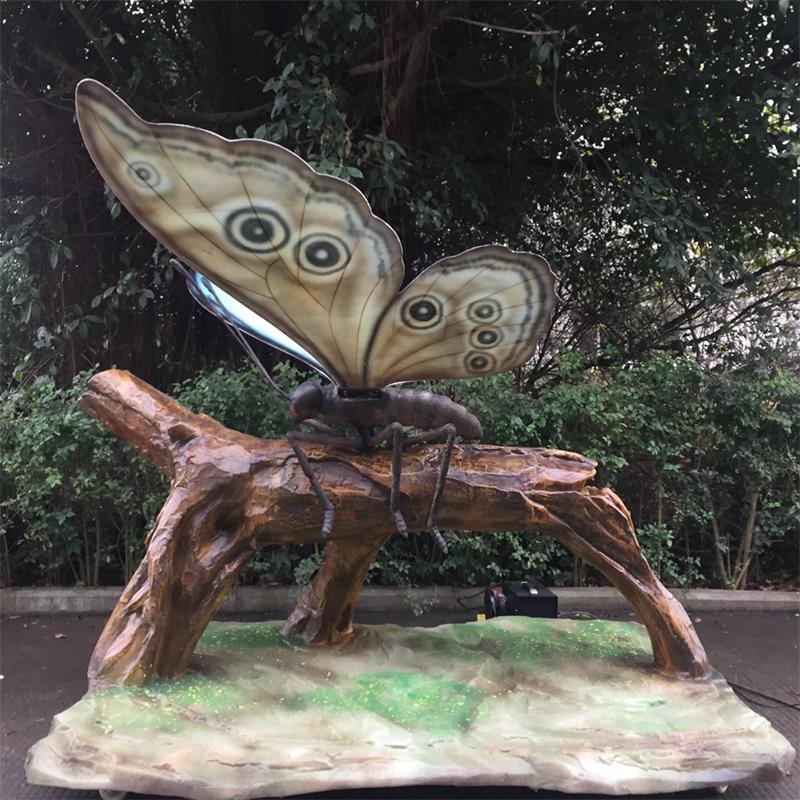

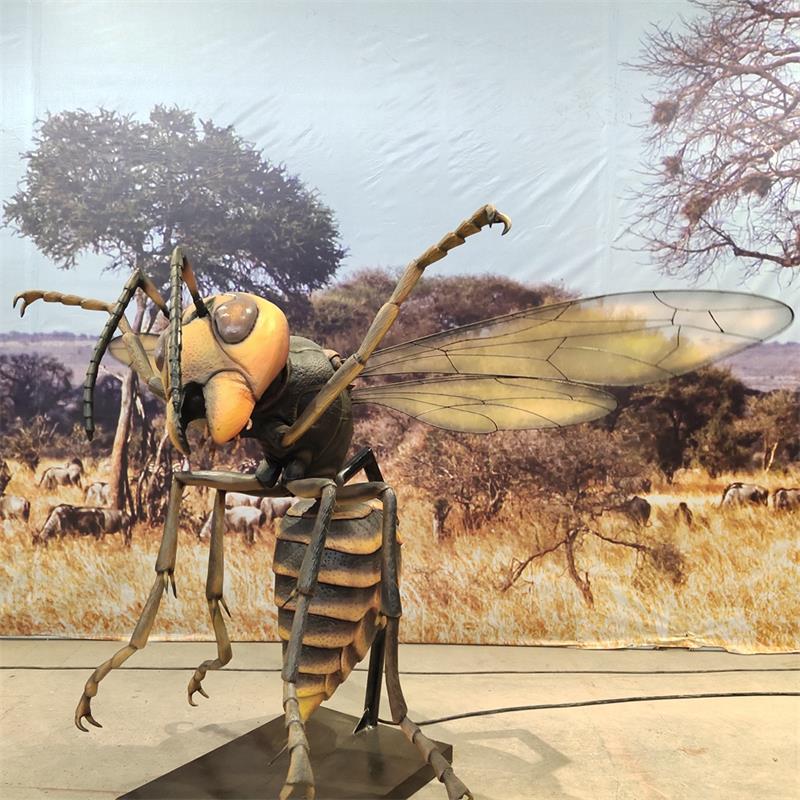
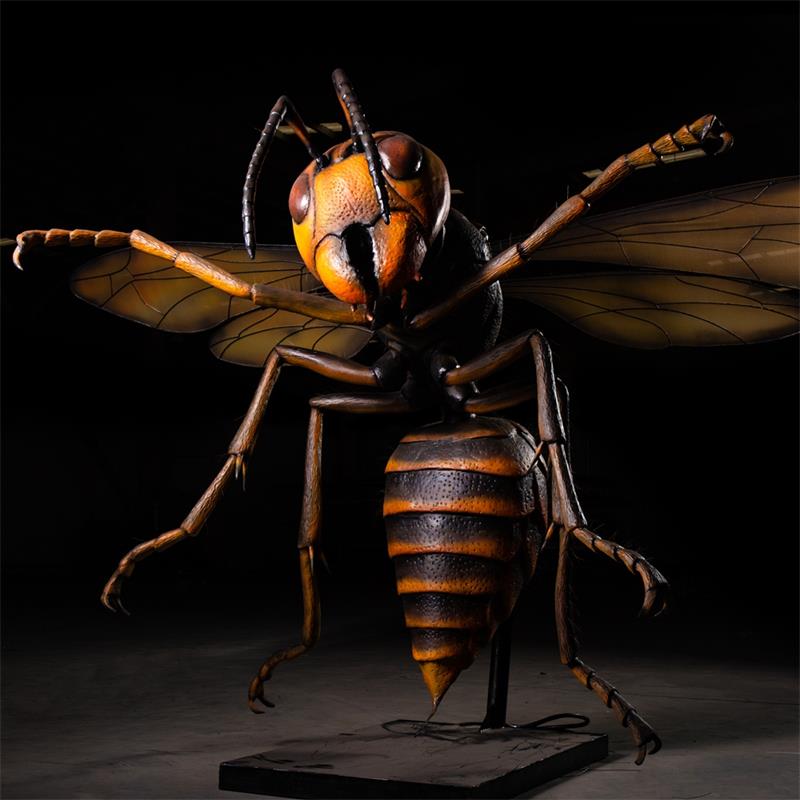
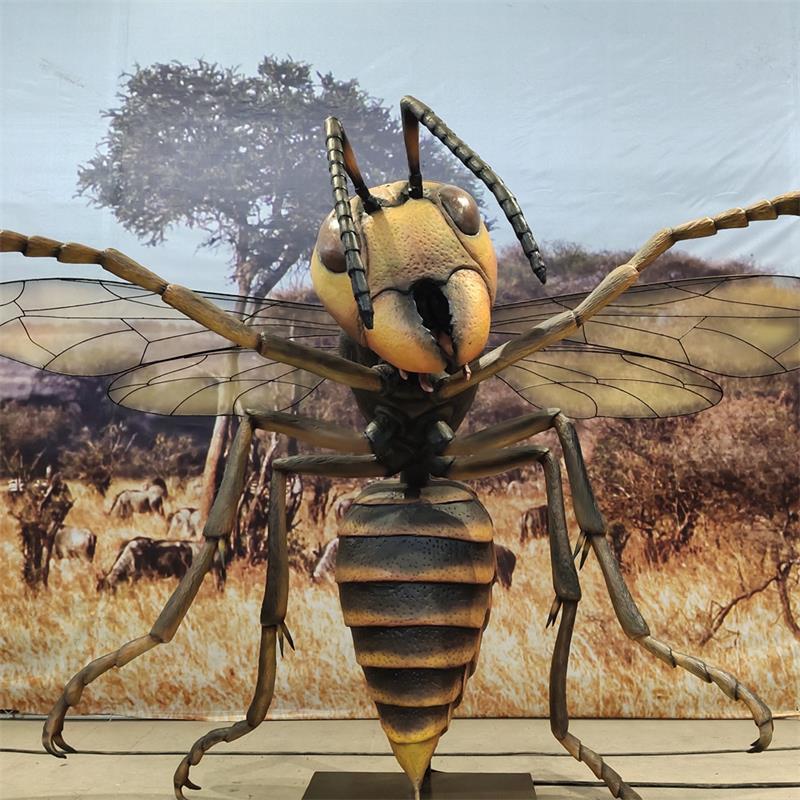


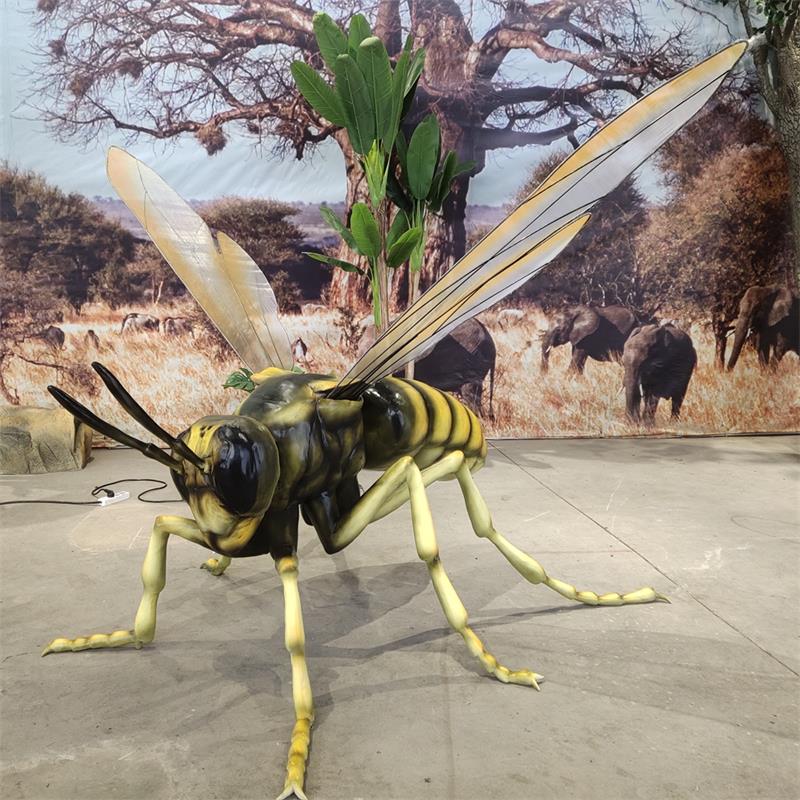
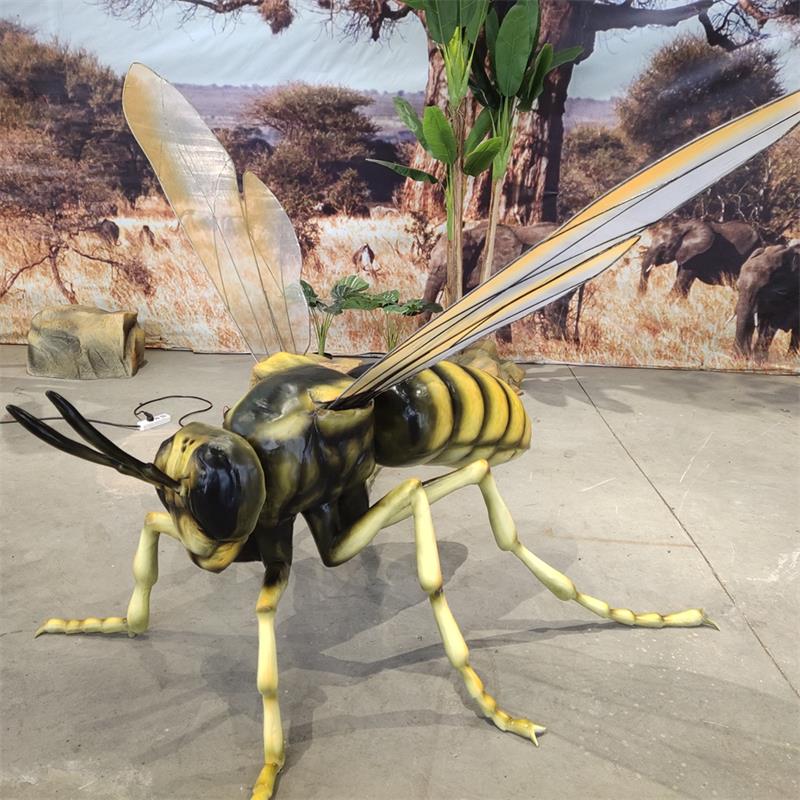
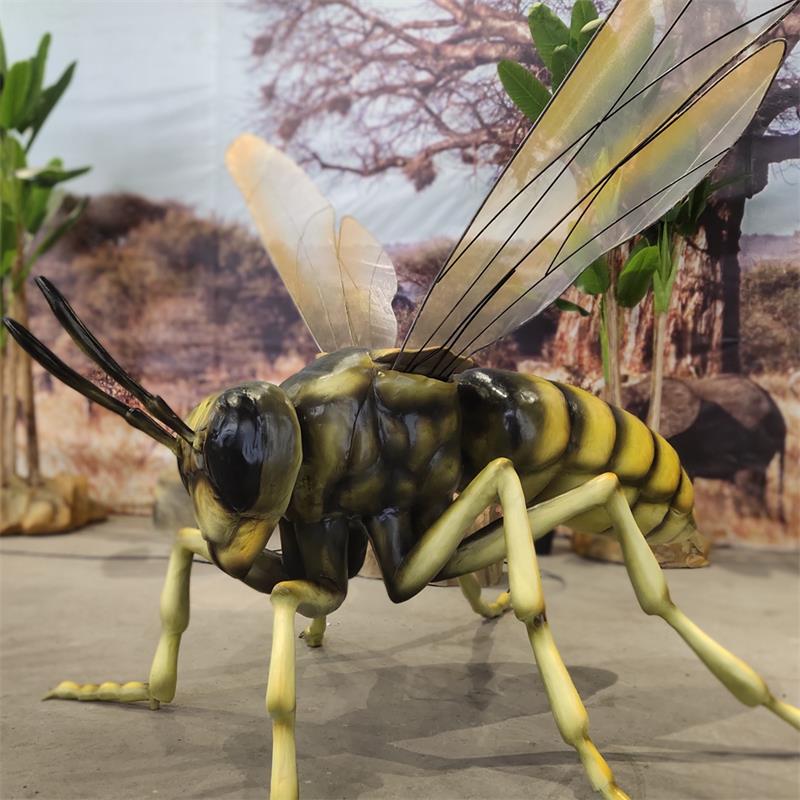
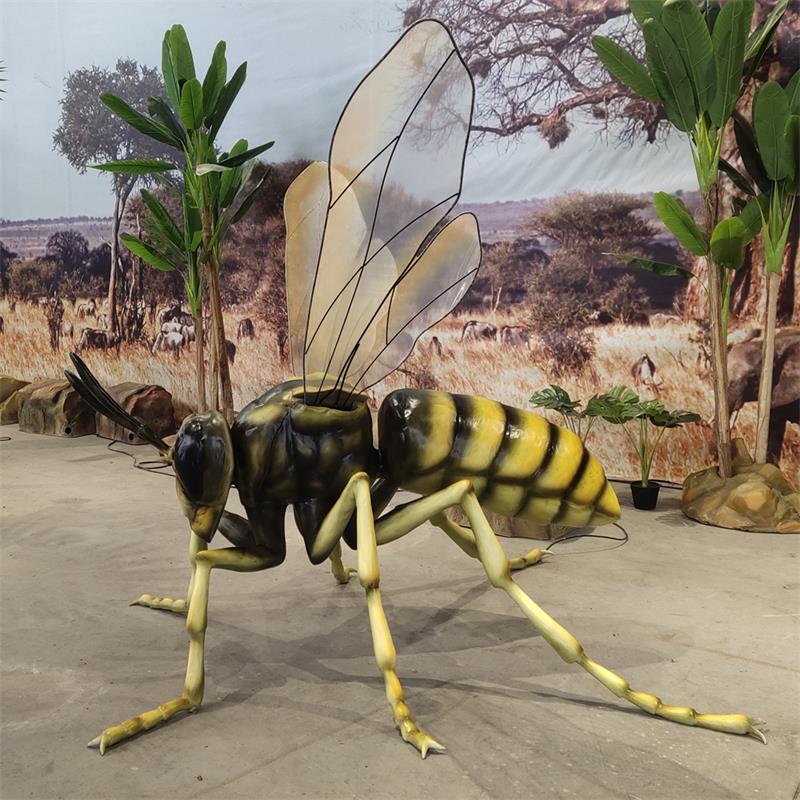
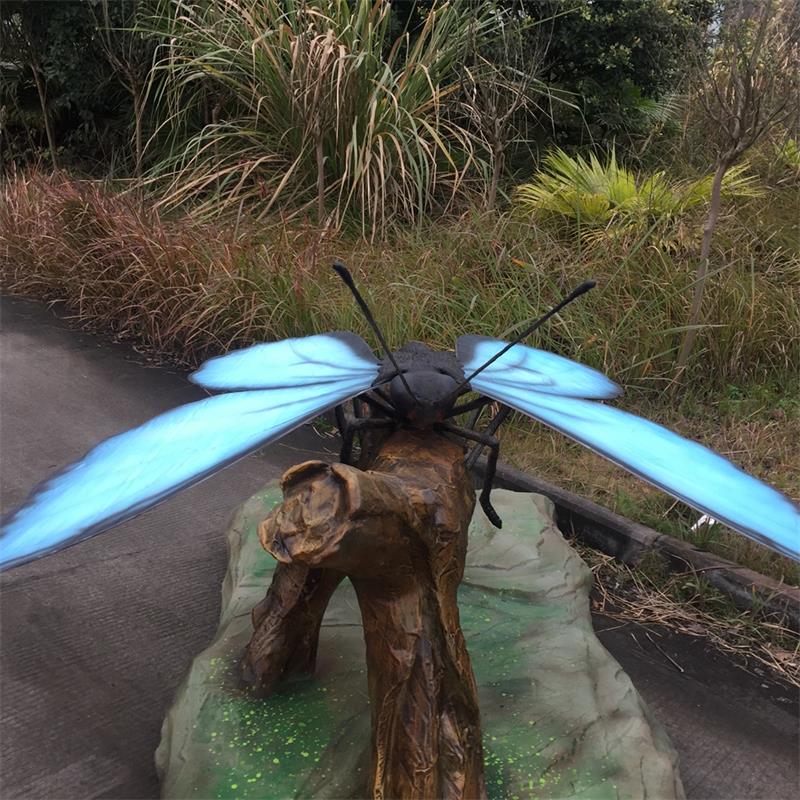

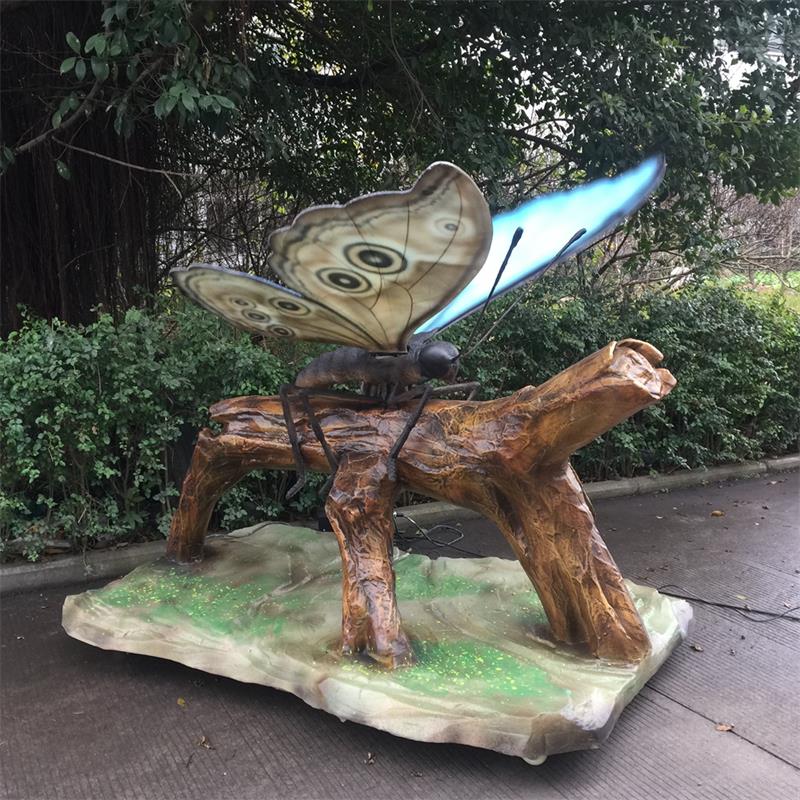
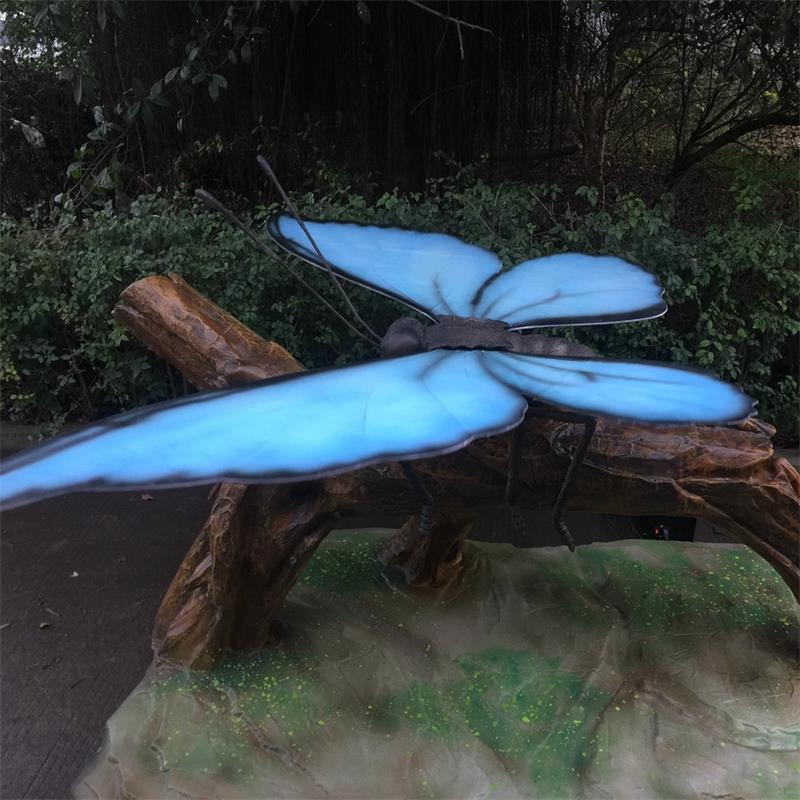
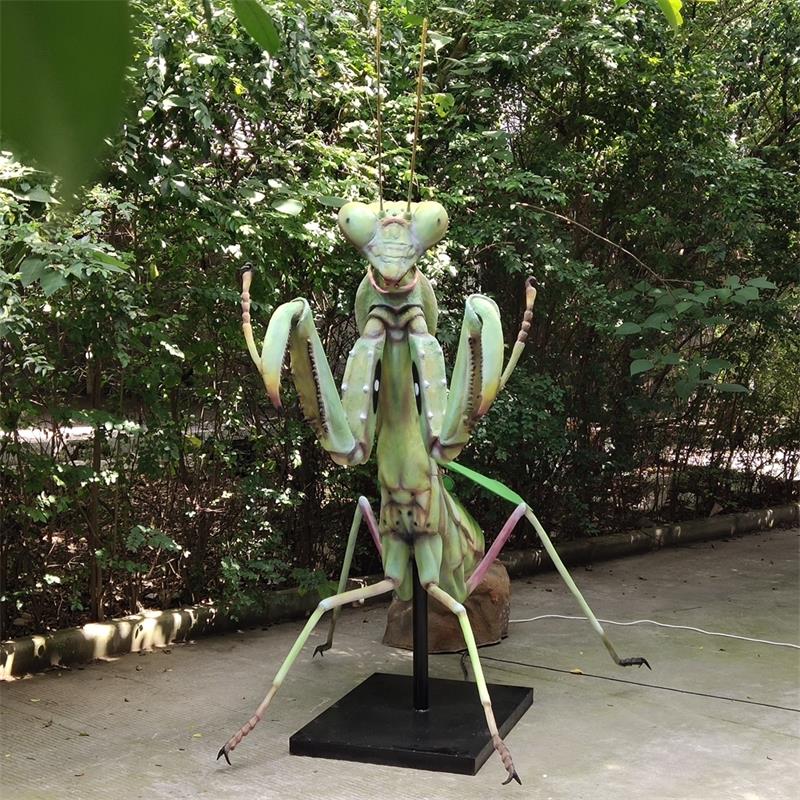
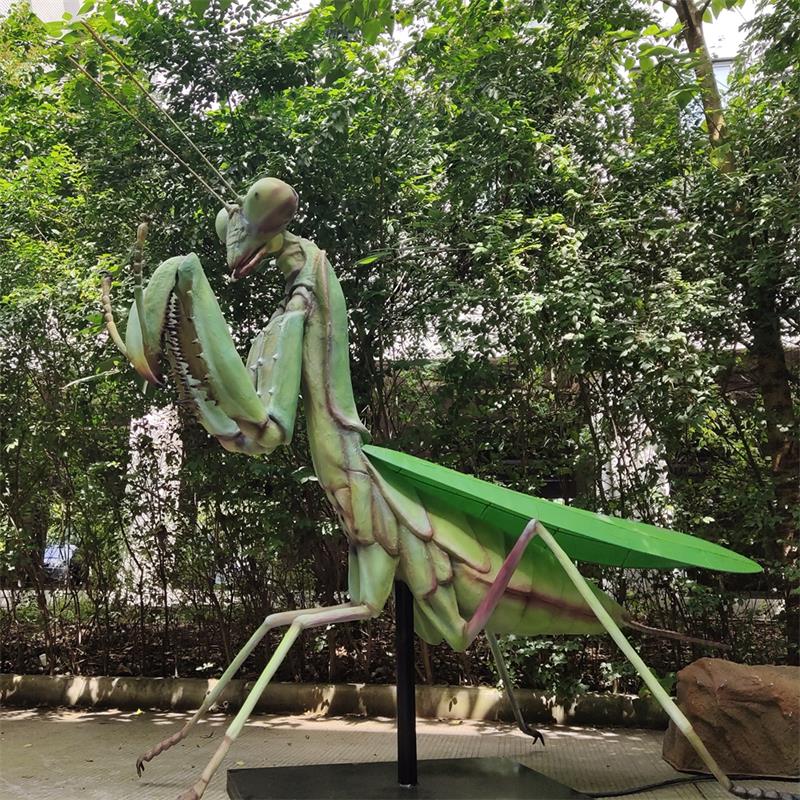
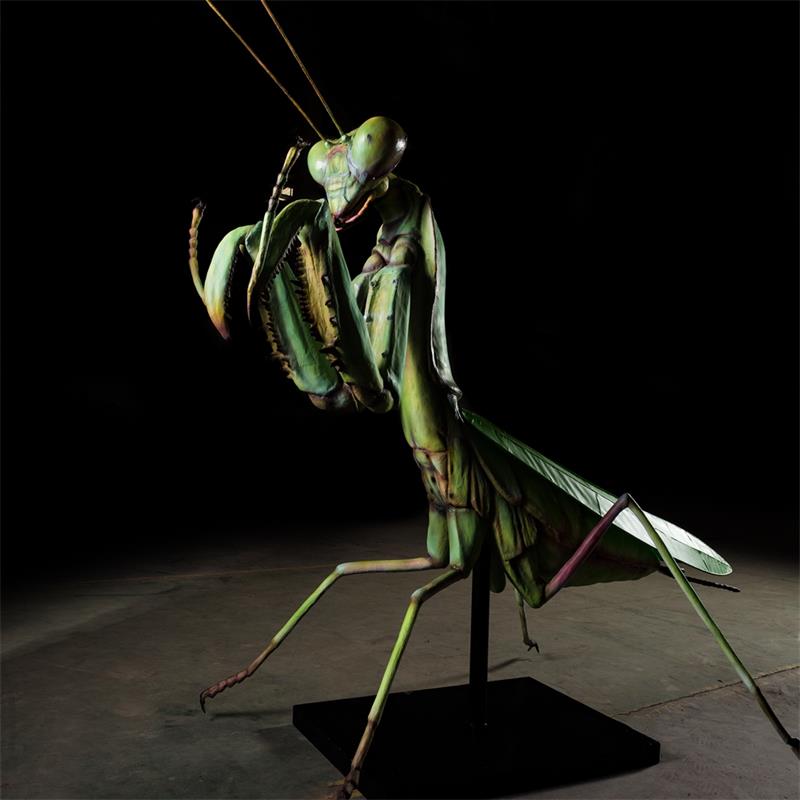
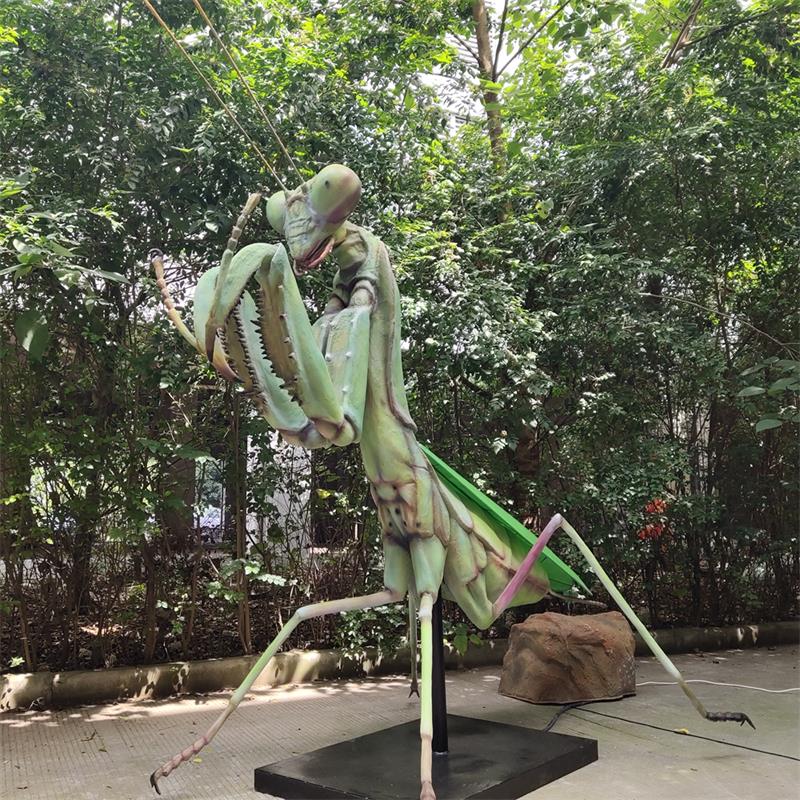
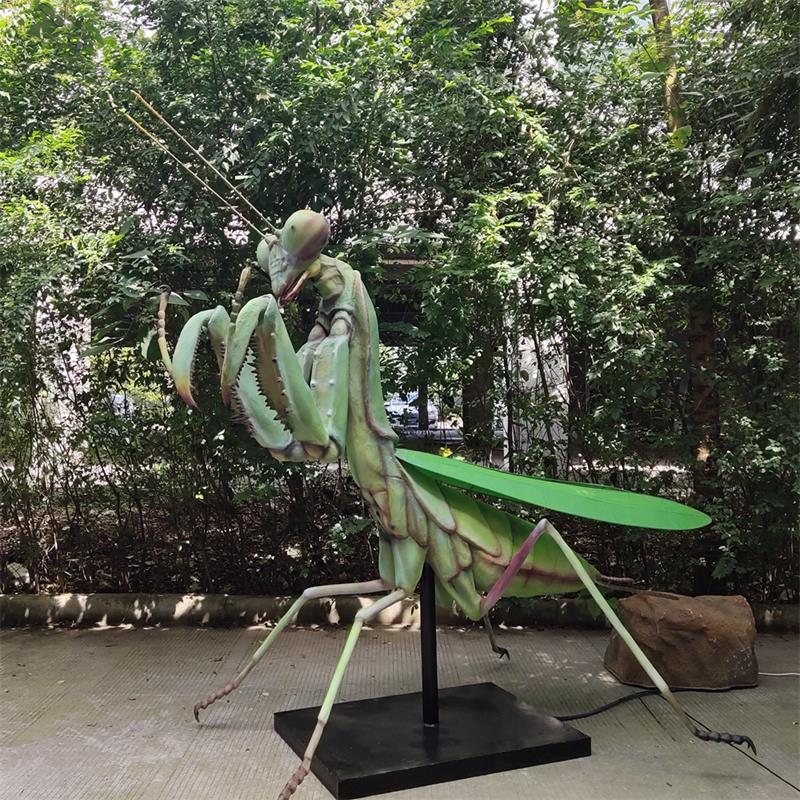

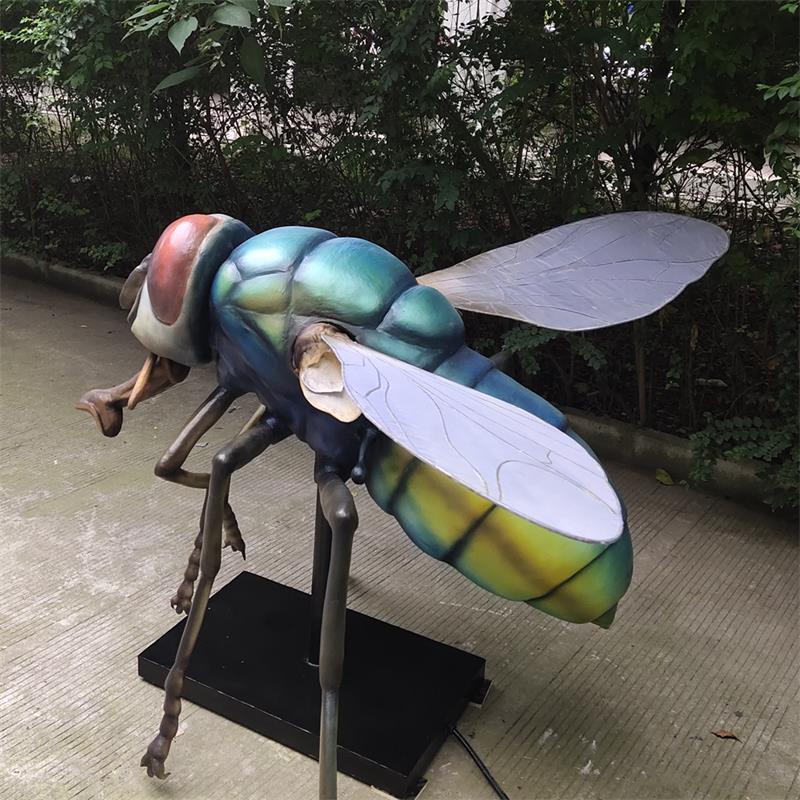
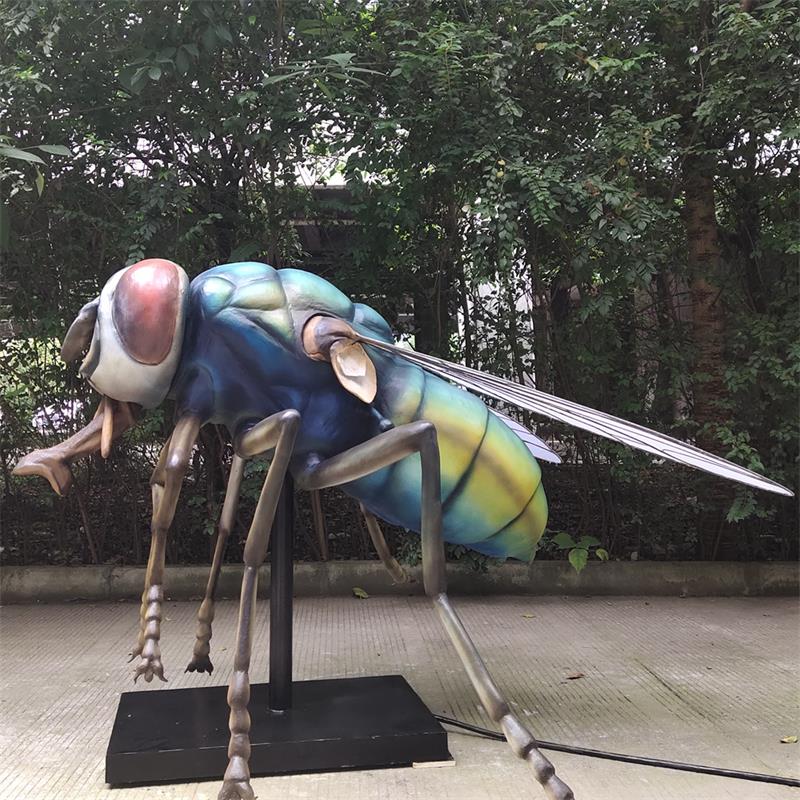

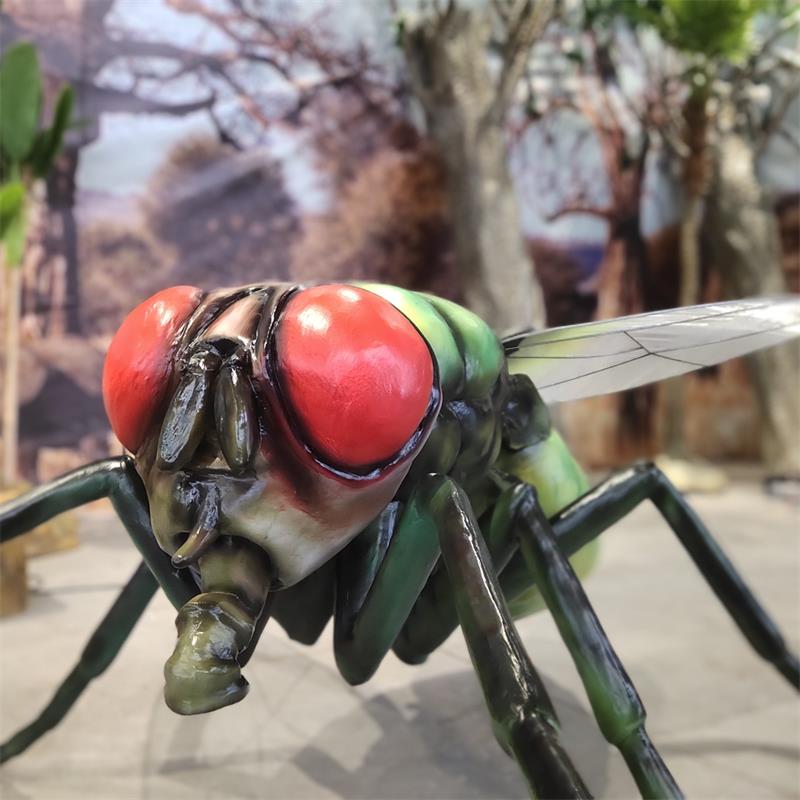
Related Product Guide:
We've been committed to offering easy,time-saving and money-saving one-stop purchasing service of consumer for China OEM Small Animatronic Animal - Animatronic Animal Products (AA-46-50) – Blue Lizard , The product will supply to all over the world, such as: Pakistan, Greece, Ukraine, Insisting on the high quality generation line management and customers expert assistance, we now have designed our resolution to supply our buyers using the to start with amount getting and just after services practical experience. Maintaining the prevailing friendly relations with our buyers, we however innovate our solution lists all of the time to satisfy the brand new demands and adhere to the most up-to-date development of the market in Malta. We have been ready to face the worries and make the improve to understand all the possibilities in international trade.
The factory technical staff gave us a lot of good advice in the cooperation process, this is very good, we are very grateful.
